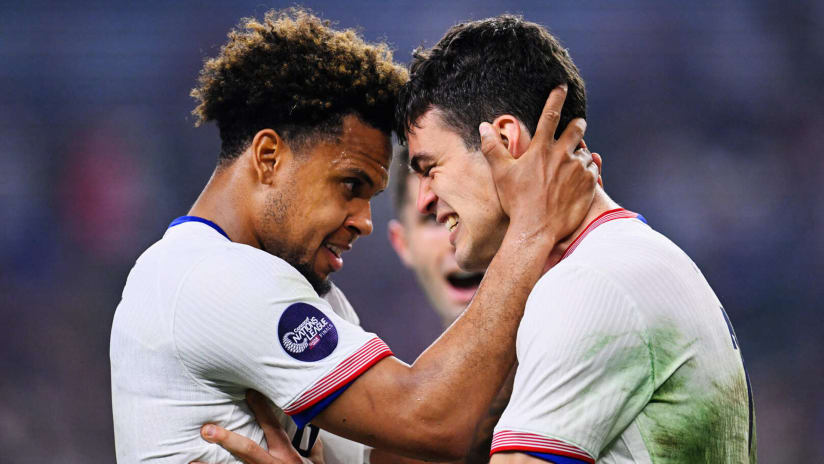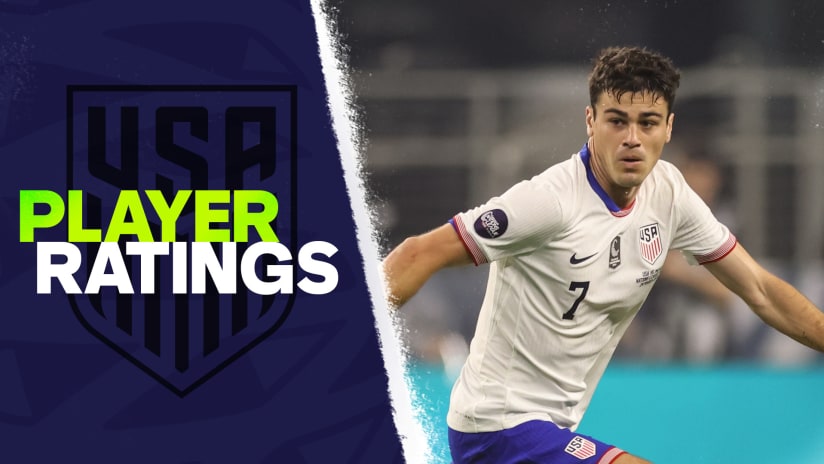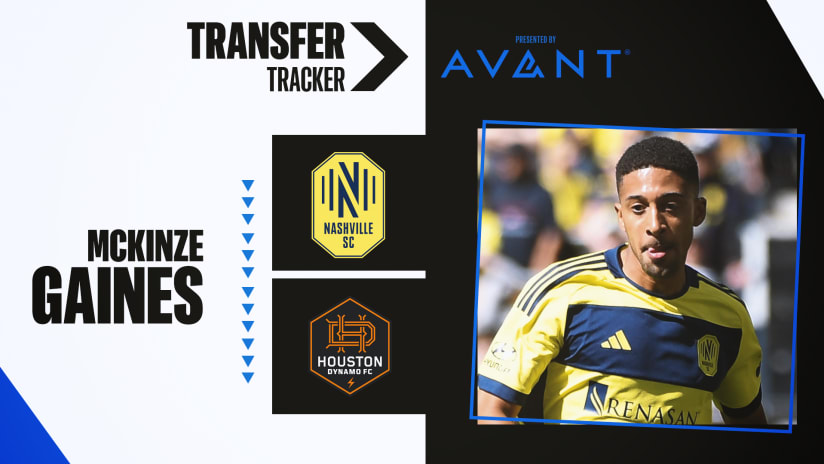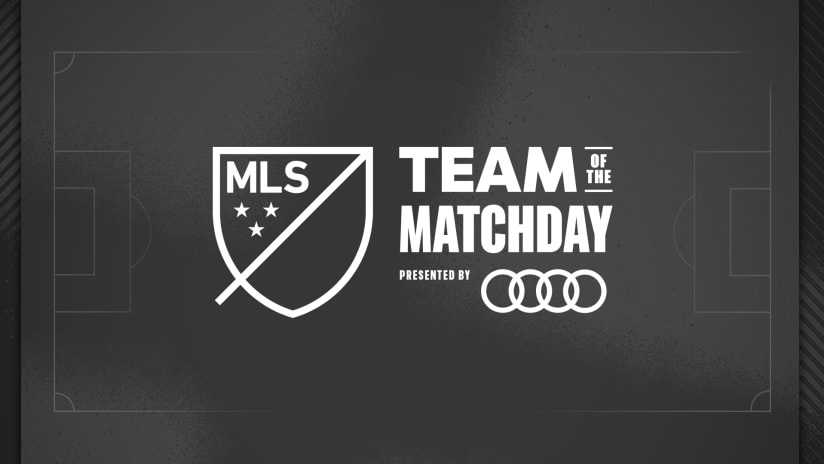AMSTERDAM – Another traditional fall-to-spring season is winding down in Europe, meaning the Yanks employed “over there” will soon turn their thoughts to marching the US national team further down the noble path to World Cup qualification.
But before we close the book on the 2012-13 campaign, it's time to take stock of the lessons learned from the play of US internationals. With barely one year left to the World Cup, some of these indicators could prove critical to Jurgen Klinsmann's hopes of taking the US deep into Brazil 2014.
READ: FC Dallas' Schellas Hyndman says George John back on USMNT radar
1) The US have defensive/holding midfielders capable of playing for possession
While a guy like Jermaine Jones has many desired qualities, Klinsmann regularly starting him or similar players seems to indirectly indicate at least some lack of confidence in the team's ability to control the ball. This season proved, however, that the possession game is well within the capabilities of US midfielders.

Michael Bradley has been the sturdy foundation for AS Roma's attack, the most productive in Serie A this season. Speaking of Italian powers, Sacha Kljestan helped Anderlecht claim 55 percent of the ball in two Champions League clashes with AC Milan. That's a lot of calm and cool, even before we mention the resurgent duo of Maurice Edu and Stuart Holden.
With ace pressure valve Landon Donovan also gearing up for a comeback, there's really no need for the USMNT to be chasing the ball or the games by policy any longer. The Yanks have held the ball in the best competitions of Europe, so it's more than fair to think they can hold it against Honduras.
2) Yank forwards can actually score atop a functioning offense
It stands to reason: If the USMNT can hold more possession, they can create more chances and score more goals. Just check the numbers put up by young guns Jozy Altidore and Terrence Boyd this season playing for clubs that aim to attack. The former has set a new American standard with 30 overall goals for AZ Alkmaar this term, while the latter has set a record with 16 in his rookie Rapid Vienna campaign.
A big part of reaching the next level, as Klinsmann loves to talk about, is playing with much more intent to serve those hungry strikers. That doesn't just mean assuming a more offensive posture tactically, but also taking advantage of the traits that give these players club success – something US coaches have done very well with Clint Dempsey.
READ: Exports: Jozy Altidore's goalscoring run just the icing on banner year for Americans in Europe
If Altidore is most successful facing the area and working close combos, those mechanisms should be implemented before assuming he can't score enough for the USMNT. If Boyd is a goal shark on rebounds, then look to fire low, hard and on-target often while he's lurking on the field. Sometimes, coaching just comes down to creating the most favorable scenarios for your squad.
3) Get John Anthony Brooks into camp!
Germany Under-21 coach Rainer Adrion is eager to get the Hertha Berlin center back into his European Championship squad. Now that his club is on the verge of winning the 2.Bundesliga crown, Brooks will soon be making a decision that may chart his international future.
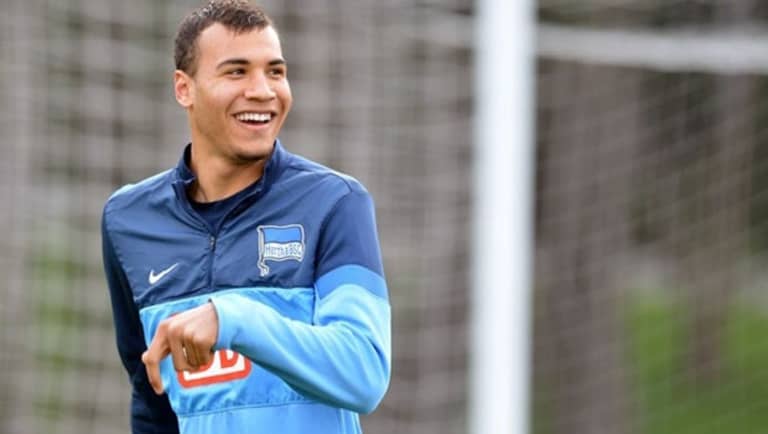
Klinsmann could potentially help guide the lanky but mobile defender toward the US U-20 World Cup team – not to mention helping Brooks improve as a player – by inviting him to senior camp later this month. And then playing him against Germany at RFK on June 2.
READ: Exports: Brooks, Hertha in promotion penthouse
With the US back line stable in rebuilding mode, losing a 20-year-old who provides a unique asset could end up proving a big blow. Klinsmann can and should get out in front of the situation.
4) While you're at it, get more young attacking types into all camps
If there's often room for second-flight defensive handymen and extra deep-lying midfielders, then there should also be consistent space available for green attackers like Alejandro Bedoya, Boyd, Mikkel Diskerud, Josh Gatt and Andrew Wooten.
READ: American Exports: Paul Arriola explains difficult decision to choose Club Tijuana over LA Galaxy
It's quite simple, really. One cannot eventually complain about and plot selections around the fact that there are no seasoned offensive players in stock if they have not been adequately seasoned by the chef. And more to the point, each of these young attackers has particular offensive traits that could prove useful off the bench in the crunch time to come.
5) The Yanks once again have two starter-quality goalkeepers
When longtime starter Tim Howard went down for a couple of recent qualifiers, there was little worry in the US soccer bubble. It probably wouldn't have been that way before this season started, but Guzan has earned the new confidence.
READ: Guzan helps lift Aston Villa, Tim Ream returns to Bolton lineup
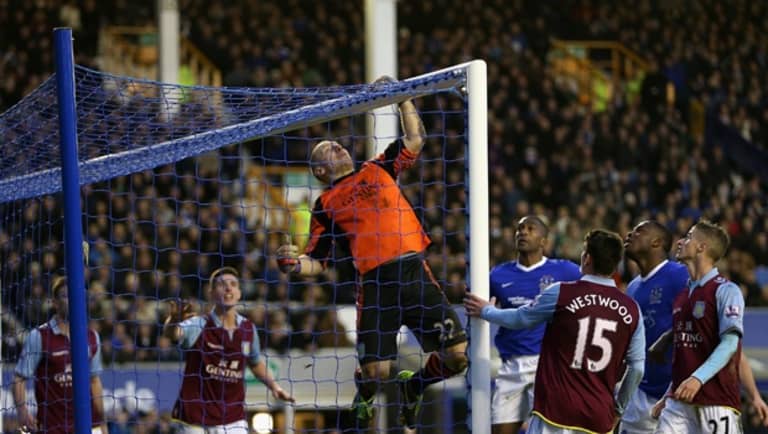
By the time the season ends, the 28-year-old will likely have kept Aston Villa safe despite plenty of Keystone Kops defending in front of him (for instance, no EPL netminder has faced more penalty kicks this season).
Guzan is fourth in the league in saves, second in stops with his feet and second in distribution stats. In other words, he's officially arrived as a complete World Cup-caliber cage master.



